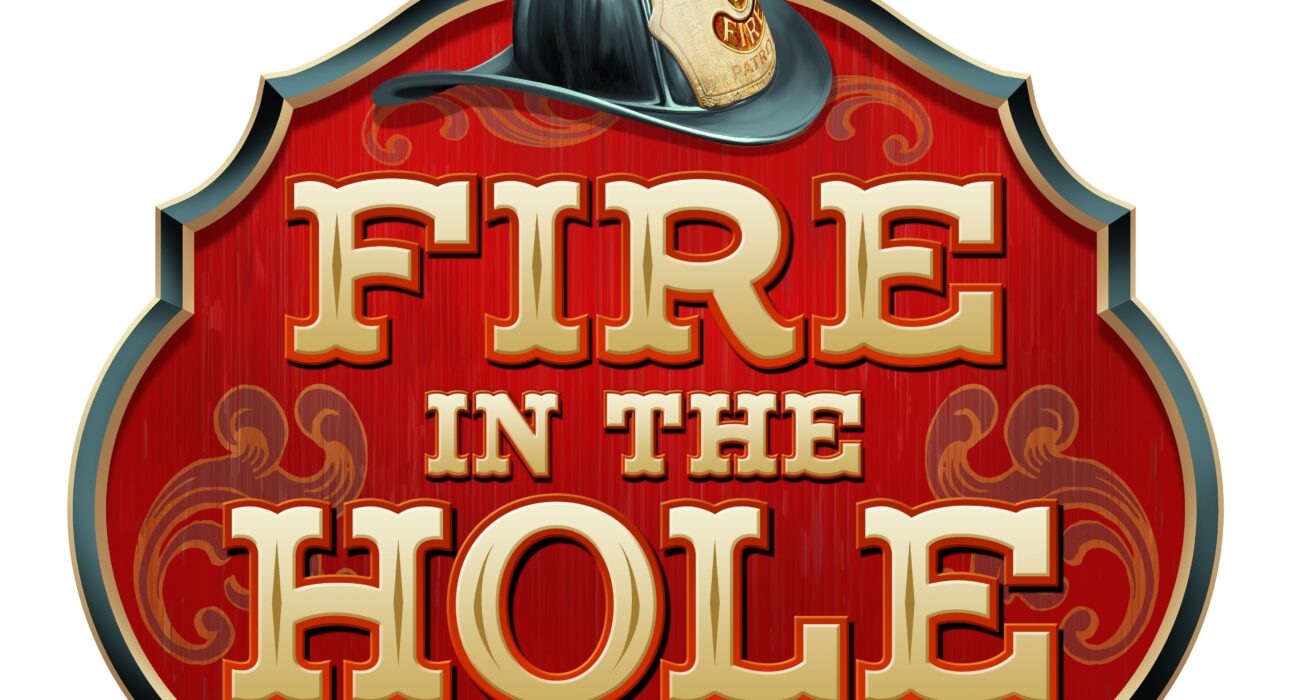—
Unraveling the Mysteries of Supernovae
In the vast expanse of the universe, where stars illuminate the darkness and galaxies dance in cosmic harmony, a spectacular event unfolds—a supernova. These stellar explosions, like celestial fireworks, captivate astronomers with their brilliance and reveal profound secrets about the cosmos.
Astronomical Significance of Type Ia Supernovae
Type Ia supernovae hold a special place in the realm of astronomy. These cosmic beacons shine with uniform brightness, serving as crucial distance markers in our quest to understand the expanding universe. Their radiance has illuminated the mysterious nature of dark energy, propelling us towards new frontiers of knowledge.
The prevailing belief is that type Ia supernovae originate from white dwarf stars—a stellar remnant composed of carbon and oxygen. Normally, these dwarfs lack the mass required to trigger fusion reactions. However, under certain conditions, such as accreting additional material or undergoing surface explosions, these dormant embers can reignite in a dazzling display of cosmic fury.
Enter the “Double Detonation” Hypothesis
Recent observations have unveiled tantalizing evidence supporting a fascinating theory—the “double detonation” phenomenon. This concept suggests that before reaching critical mass for fusion ignition, a white dwarf can undergo two successive detonations triggered by helium accumulation on its surface.
Imagine a delicate cosmic dance where helium gathers on the white dwarf’s exterior. As this volatile element starts fusing due to localized density changes or pooling effects, it sets off a chain reaction—initiating not one but two explosive events within the star.
The Deconstruction of White Dwarfs
White dwarfs are celestial remnants left behind by stars akin to our Sun. Composed mainly of carbon and oxygen, these stellar relics cool over time unless revitalized by external influences. In binary systems or stellar clusters, companions can donate material to rejuvenate these dying embers.
Whether through mass transfer from an orbiting partner or collision-induced mergers with another white dwarf, these scenarios offer pathways for reigniting fusion processes within dormant stars. While such interactions present viable mechanisms for triggering supernovae events, questions linger about their frequency and occurrence rates in galactic populations.
Exploring New Frontiers in Stellar Explosions
Amidst ongoing debates surrounding supernova triggers, astronomers delve into alternative mechanisms for igniting white dwarfs. The concept of double detonation emerges as a promising avenue—one that could potentially explain enigmatic variations in supernova brightness levels.
As researchers peer into distant remnants like SNR 0509-67.5 within the Large Magellanic Cloud’s embrace, they uncover telltale signs confirming dual detonation theories. By analyzing calcium layers dispersed within these ancient remnants’ shells and sulfur sandwich formations indicative of successive explosions—cosmic storytellers decipher clues hinting at unseen celestial dramas unfolding across light-years.
The Quest for Cosmic Clarity
The implications ripple far beyond observational data; they challenge long-held assumptions about supernova uniformity and luminosity standards. Could these revelations signify hidden complexities within type Ia supernovae? Are there dimmer yet equally significant blasts waiting to be unmasked amid stellar clouds?
As scientists embark on intricate modeling endeavors to unravel nature’s mysteries further—peering into realms where exploding stars pave paths to enlightenment—we stand at an astronomical crossroads poised between discovery and speculation.
In this eternal dance between light and shadow among galaxies adrift in cosmic seas—supernovae emerge as guiding beacons illuminating humanity’s quest for understanding amidst infinite mysteries awaiting exploration.

